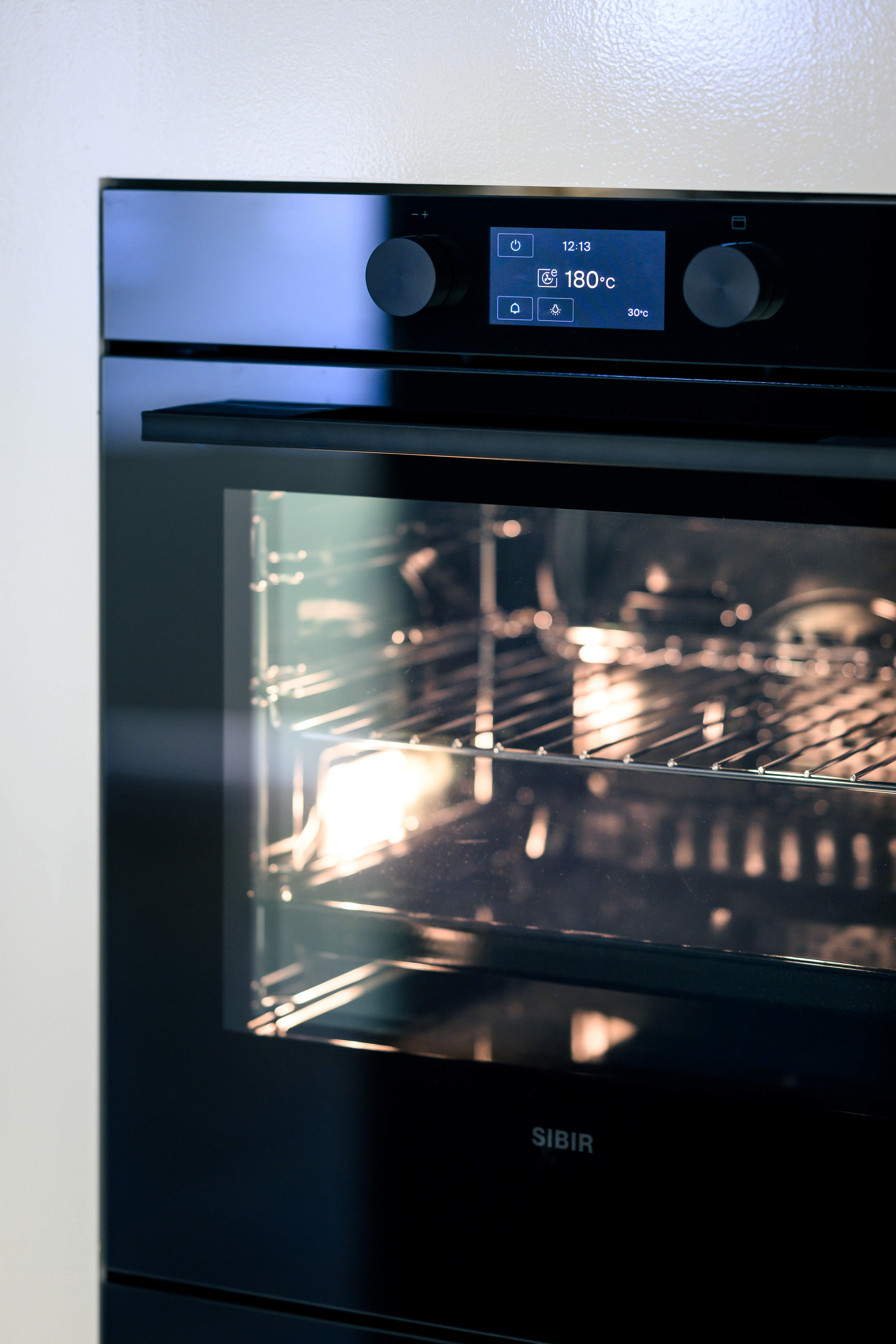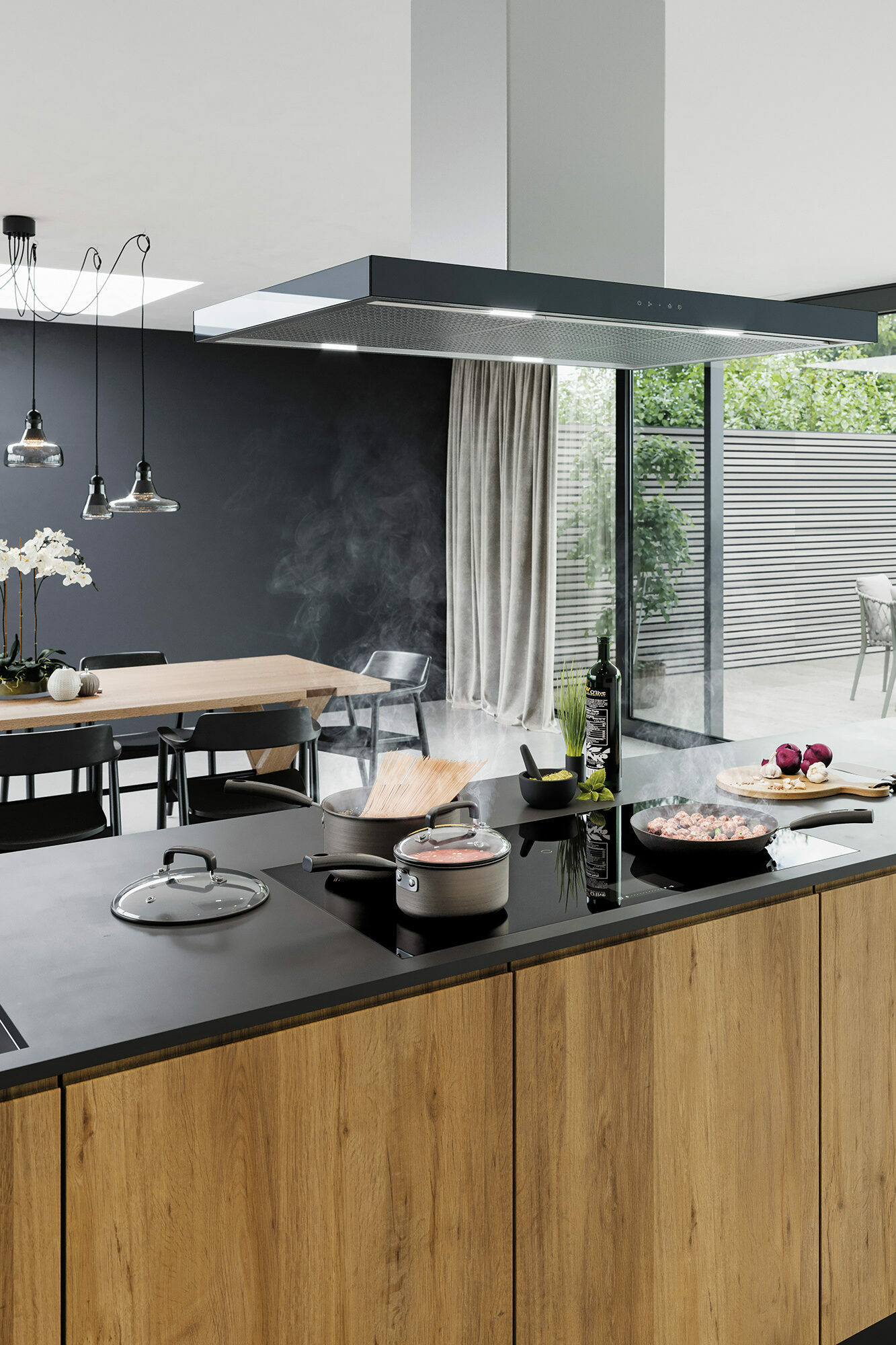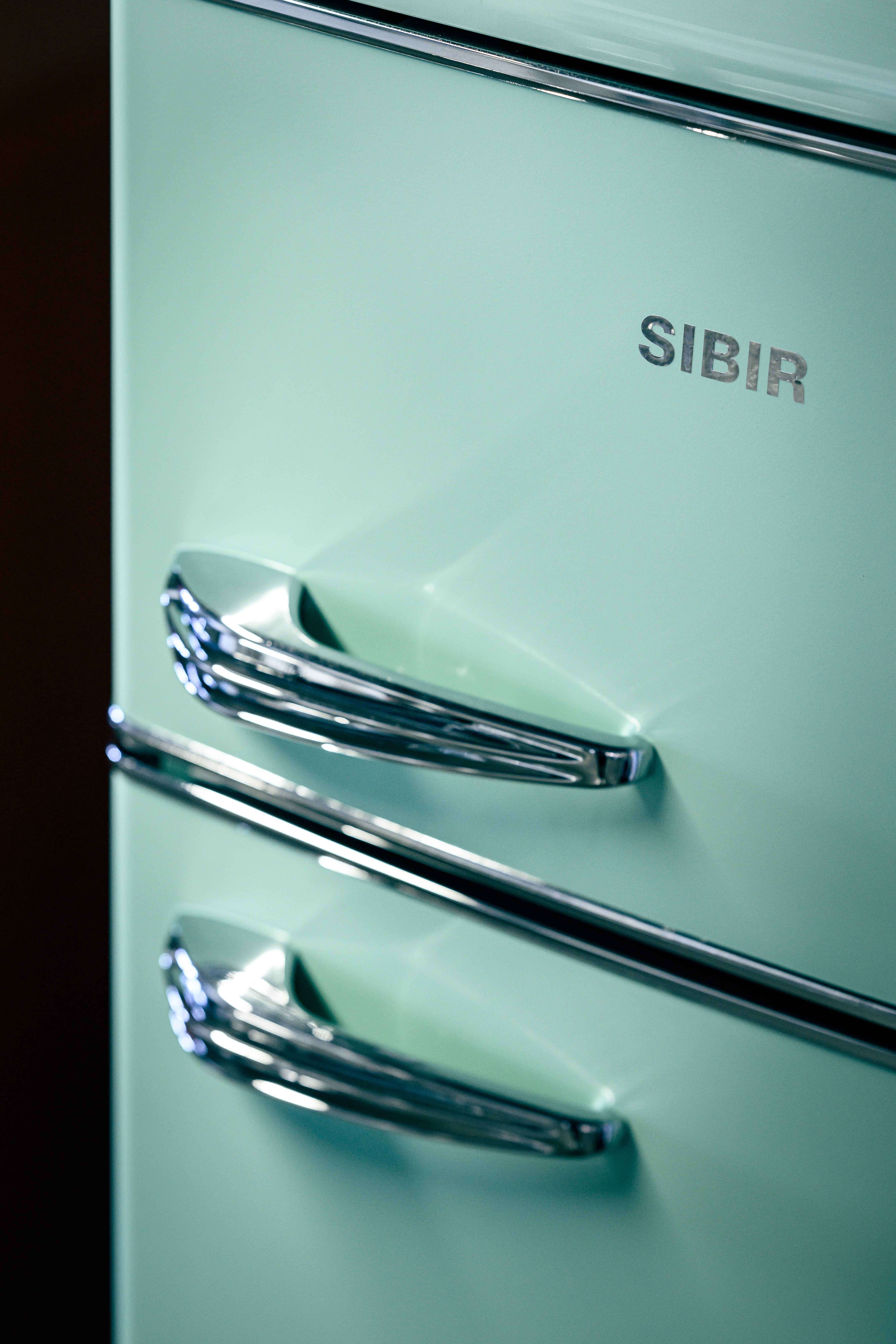Why is it actually important to consider refrigerator temperature in summer?
That’s because refrigerators constantly have to work to stay cool on hot summer days. While people try to stay in the shade, these appliances are running flat out. Doors are opened more often, warm food is put inside and the ambient temperature rises. This can have an impact on cooling performance and cause energy consumption to soar. In other words: if you know how to look after a refrigerator at temperatures above 30 degrees, you can save energy, protect groceries and ultimately avoid a lot of frustration.
What is the ideal temperature in the refrigerator? And should it be lower in summer?
The rule of thumb is: 5 to 7 degrees in the centre of the refrigerator. This is also the case in summer. Colder is not necessarily better, as it only increases energy consumption and can even harm groceries like vegetables and cheese. To play it safe, it’s best to use a refrigerator thermometer. This is because not all appliances show the exact temperature. Another tip: the lowest shelf (above the vegetable drawer) is usually the coolest and therefore ideal for easily perishable food such as meat, fish or dairy products.
What should be kept in mind when filling the refrigerator on hot days?
In the summer, less is more. A properly filled refrigerator works efficiently, while too much food in a fridge can block air circulation. This is critical to keep all parts of the refrigerator cool.
Is there anything important to consider?
Yes, leftover food should be left to cool before it is put in the fridge. Warm food should not be placed in the refrigerator straight away. This raises the inside temperature substantially. What’s more, air should be allowed to circulate around the food and no packaging should touch the rear wall, otherwise it may freeze. Also, to keep the inside temperature cool, don’t leave the door open for any longer than necessary – especially in summer.
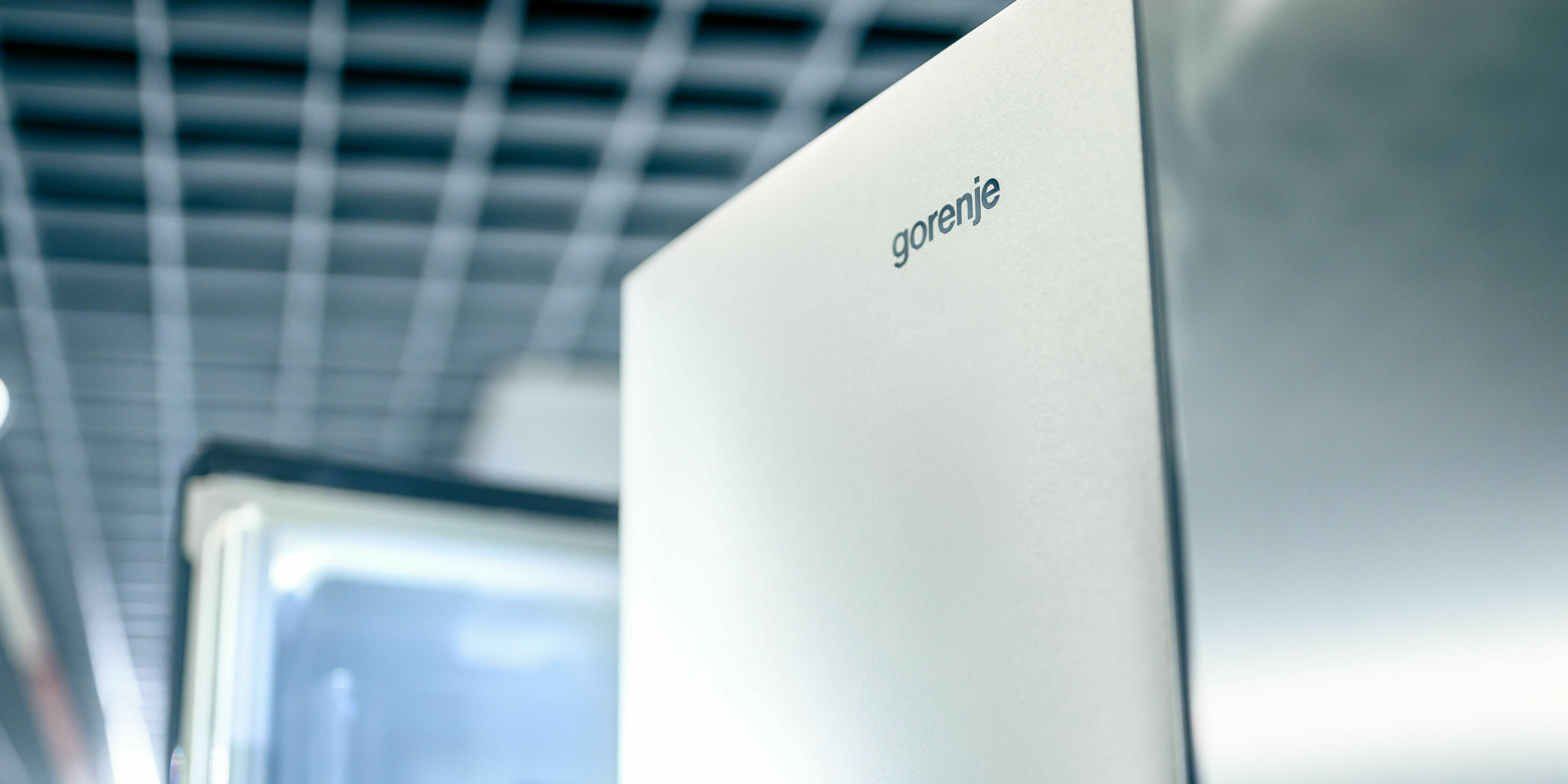
If a refrigerator does not have an energy efficiency rating of A, will it struggle in summer?
Not necessarily. Even appliances with an energy efficiency rating of E can be efficient in everyday use – if they are used properly. Although the energy label reveals something about typical consumption, actual efficiency depends significantly on user behaviour. By filling the appliance appropriately, avoiding locations with direct sunlight and monitoring the temperature, you can also fare well with an E-rated refrigerator.
When does a refrigerator reach its limits?
Here are some typical warning signs to look out for: condensation on the interior walls, an unusually loud humming noise, frozen areas inside the refrigerator or food spoiling faster than it should. In these cases, it is a good idea to check the temperature and placement of the appliance, or to carefully defrost and reorganise it.
Does that mean it is not a problem to defrost the refrigerator in the summer?
Not necessarily, but it takes a little planning. Especially for older appliances or combined mode
s with a freezer compartment, regular defrosting is important to save energy and maintain cooling performance. At the height of summer, it’s particularly important to be quick and efficient when defrosting to prevent food from spoiling and the appliance from becoming unnecessarily warm.
Can you share any tips?
Gladly. Here are some tips for defrosting on hot summer days: consume the food first or keep it cold with ice packs in cool boxes. And ideally, you should start in the morning when the ambient temperature is still low. Don’t use sharp objects to remove the ice. Instead, place a bowl of hot water in the refrigerator, leave the door open and catch any dripping water with towels. Once you have finished defrosting, dry the appliance thoroughly and switch it back on. Only fill it up once the refrigerator is cold again.
And what can be done to help a refrigerator in hot temperatures?
Don’t place the refrigerator right next to an oven, cooker or window, regularly remove dust from the ventilation grate (in the case of free-standing appliances), check the door seal and wipe away any condensation.
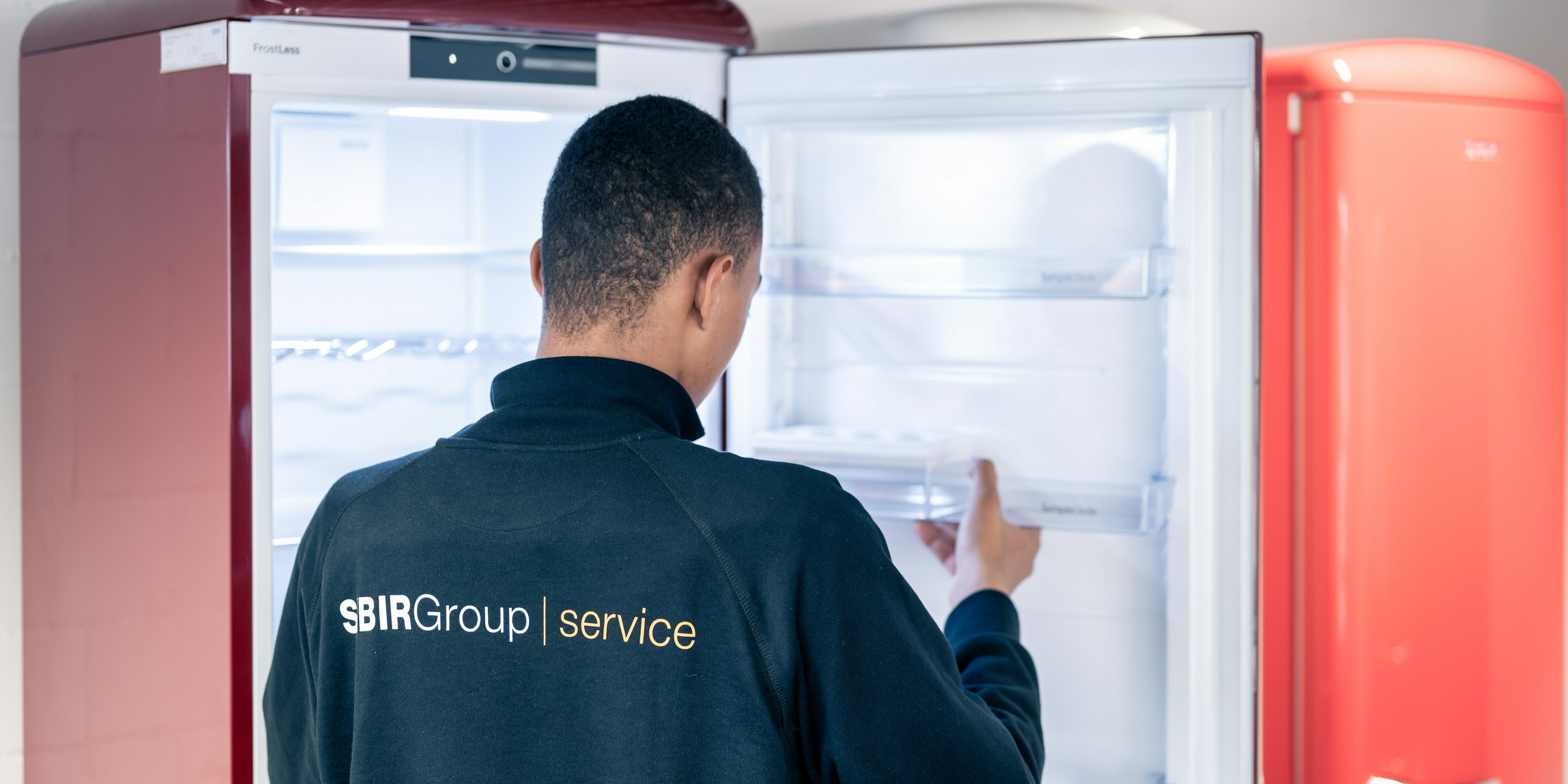
Is there any problem with making a lot more ice cubes in summer?
Ice cubes are just as much a part of summer as sun cream. But it’s important not to go overboard. Making too many at once can put excessive strain on the cooling system. It’s better to make small quantities regularly and store them in a separate container. Those who have a SIBIR FoodCenter with ice dispenser can enjoy the perfect summer convenience. But it’s still important to make sure the ice function doesn’t run around the clock when it is not actually needed.
Summary:
even when temperatures rise above 30 degrees, a refrigerator continues to be a dependable partner, provided it is treated right. The temperature, location, use and how it is filled often make more difference than the energy label on the appliance. With the right care and attention, even a lower energy rating can keep cooling effectively during the summer.




